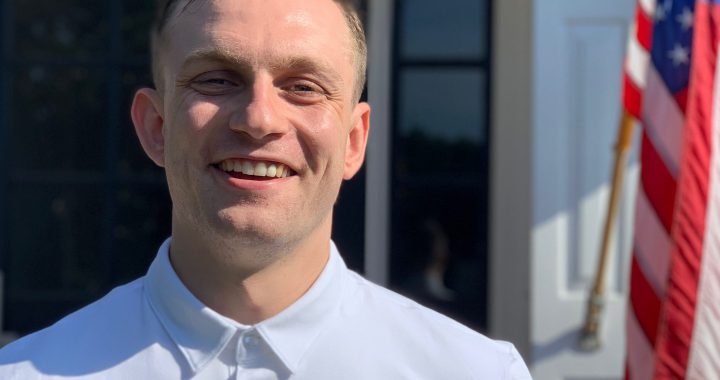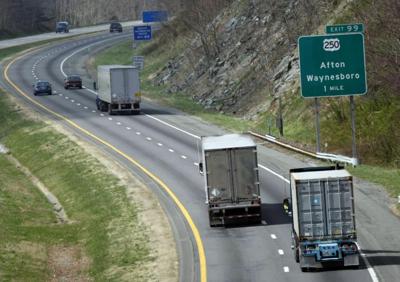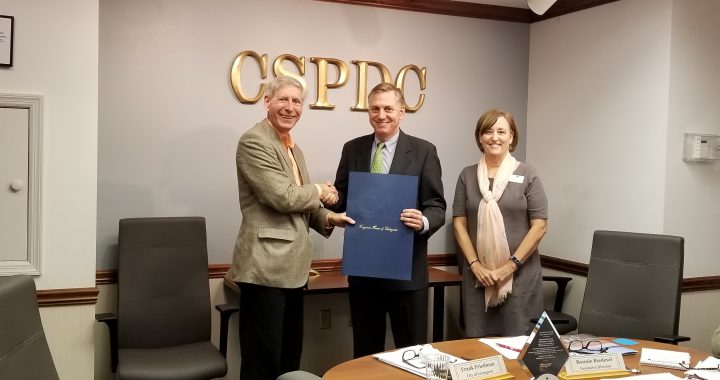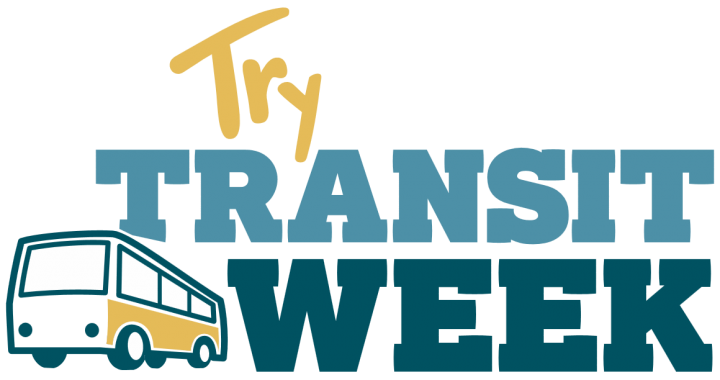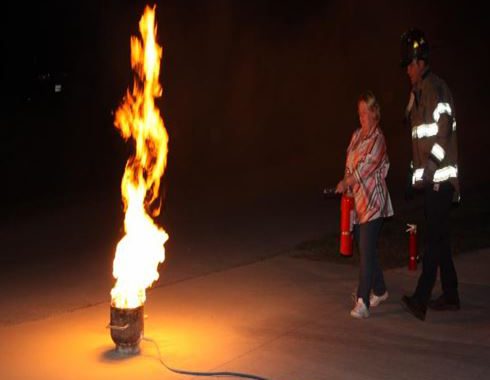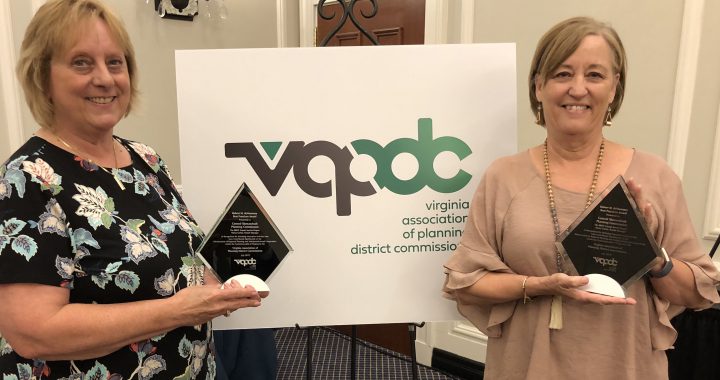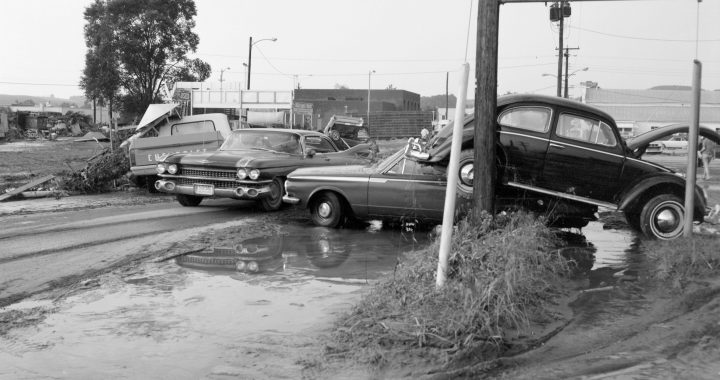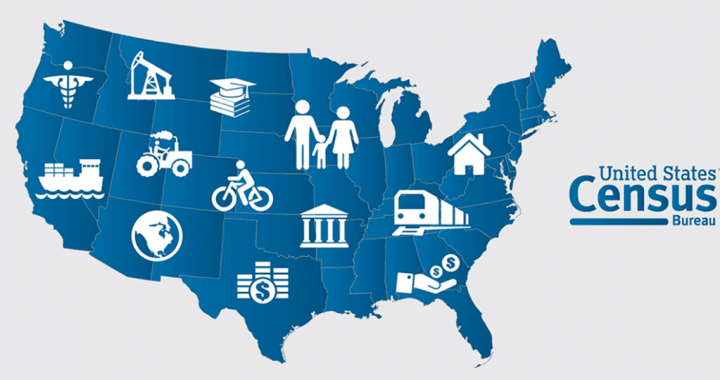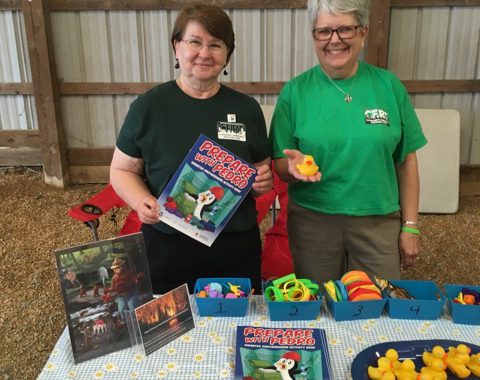Aidan Quirke has been hired as CSPDC’s Transit Program Manager to replace Nancy Gourley, who will retire at the end of the year. A native of Virginia, Aidan holds a Master’s degree in Urban and Regional Planning from Virginia Commonwealth University and has worked for public transit agencies in Richmond, Virginia and Savannah, Georgia
Category Archives: News
Inter-Regional Transit Study Kicks Off
The Virginia Department of Rail and Public Transportation (DRPT) has contracted with Kimley-Horn to complete additional research and analysis on the feasibility of Afton Express, a proposed public transit service connecting the Staunton, Augusta County, Waynesboro (SAW) region to the City of Charlottesville. This approximately six-month study will build on previously completed efforts to evaluate the feasibility of this service, while examining specific elements of those studies in greater detail.
Buena Vista Receives CDBG Planning Grants
In June, the City of Buena Vista was awarded a Business District Revitalization Planning Grant and an Opportunity Zone Planning Grant through the Department of Housing and Community Development (DHCD). Together the two grants, totaling $40,000, will create an inventory of properties, address specific revitalization needs to the downtown area, identify gaps in opportunities, and develop an economic development marketing plan for the city.
Currently, a Project Management Team is being established along with a Physical Inventory Survey of open spaces and buildings in downtown. A public meeting to discuss initial grant activities and obtain community input for further use of funding will be held in early September.
Delegate Landes Presents 50th Anniversary Resolution
This year marks the 50th anniversary of the creation of the Central Shenandoah Planning District Commission. In 1968, the Virginia State Legislature passed the Virginia Area Development Act which set forth the framework for the establishment of regional planning district commissions throughout the state, and on October 1, 1969, the CSPDC was organized.
This year, the General Assembly passed a resolution in honor of the Commonwealth’s 21 PDCs. During the CSPDC’s annual meeting on August 19, Delegate Steve Landes presented the resolution to the Commission.
BRITE Bus to Give Free Rides During Try Transit Week
Try Transit Week, September 16-20, 2019, is an educational event designed to encourage Virginians to reduce their use of single-occupancy vehicles and try a form of public transportation. Try Transit will be celebrated in Staunton, Augusta County, and Waynesboro with a Free Ride Day on all BRITE Bus transit routes on Wednesday, September 18. Riders can ride any of the BRITE Bus routes, paratransit, or deviated fixed routes free of charge that day.
Try Transit Week was created by the Virginia Department of Rail and Public Transportation (DRPT) and transit operators across the Commonwealth to spread the word about public transportation accessibility and its numerous benefits. As part of Try Transit Week, DRPT sponsors a Try Transit Week pledge giveaway. Participants who pledge to “try transit” are automatically entered for a chance to win a year of free transit service from a participating Virginia transit operator, as well as a pair of round-trip tickets aboard Amtrak’s Northeast Regional transit.
Community Emergency Response Training Begins
Staunton, Waynesboro, and Augusta County, in partnership with the CSPDC, will be offering Community Emergency Response Training (CERT) on Thursday evenings at 6:30 pm from September 26-November 14, 2019. The course is free and open to anyone who lives or works in Staunton, Waynesboro, or Augusta County.
This seven-week course uses a standard curriculum designed by the Federal Emergency Management Agency and teaches basic skills in disaster preparedness, fire safety, first aid, terrorism awareness, disaster psychology, and search and rescue procedures. The CERT course is designed to give the average person tools to not only prepare themselves and their family during severe weather or other emergencies, but to assist community members and emergency personnel when needed. Contact the CSPDC to register.
BRITE Bus Receives Best Practices Award
The Robert M. deVoursney Best Practices Award was presented to BRITE Bus and CSPDC Transit Manager, Nancy Gourley, during the Virginia Association of Planning District Commission’s (VAPDC) Annual Conference in Williamsburg. The award recognizes an organization that has initiated innovative and regional activities which have contributed significantly to the effectiveness of a region.
BRITE Bus is a small urban transit system that operates in the Staunton, Augusta, Waynesboro area and provides public transportation to the citizens of the area. The BRITE Bus program is administered and managed by the Central Shenandoah Planning District Commission and is going into its sixth year of operation. For more information on BRITE Bus, go to www.britebus.org.
50 Years of Emergency Management
Over the past 50 years, the Central Shenandoah Region has experienced natural disasters ranging from tropical systems, winter storms, tornadoes, and derechoes but instead of succumbing to its vulnerabilities, has decided with the assistance of the CSPDC to forge a path of resilience.
The year 1969 was a year of historical events; a man walked on the moon, the Woodstock music festival occurred, the CSPDC was established, and Hurricane Camille made landfall as a Category 5 hurricane. By the time Camille reached Virginia, it combined with other weather factors to cause cataclysmic rainfall; 31 inches in Nelson County and 8 inches in Rockbridge County. I n Virginia 153 people died, including 23 people in Rockbridge County. Hurricane Camille was the start of flooding that, over the next 30 years, would devastate communities in the Central Shenandoah Region, including Agnes in 1972, the Election Day Flood in 1985, June Floods in 1995, Hurricane Fran in 1996, and Hurricane Isabel in 2003.
To end the cycle of damage and repair, the CSPDC stepped in after the 1995 floods to help localities with numerous flood mitigation projects designed to protect people and property through elevation, relocation, and acquisition of homes, and floodproofing of businesses. In 2000, the Shenandoah Valley Project Impact was formed to educate people on how to prepare for severe weather, emergencies, and disasters and to put in place mitigation measures that reduce damages. This was followed by starting the Community Emergency Response Team (CERT) program in 2003. For over 15 years, the CSPDC has been assisting the communities in our region with Emergency Operations Plans, Hazardous Materials Emergency Response Plans, and Community Wildfire Protection Plans. The CSPDC also maintains the Central Shenandoah Hazard Mitigation Plan.
Get Ready to Be Counted During the 2020 Census!
The Census will occur on April 1, 2020 and for the first time, will allow responses to be collected online, in addition to by phone and by mail. This will insure that every household has the opportunity to respond and provide important population measures. The Census results, collected once a decade, help determine how more than $675 billion in federal funding is distributed to states and communities every year. Businesses use Census data to decide where to build factories, offices and stores. Residents use the Census to support community initiatives involving legislation, quality-of-life and consumer advocacy.
As the Census date approaches, communities are forming Complete Count Committees (CCCs) that will create strategies and work with nonprofit and civic organizations that serve hard to count populations. The City of Harrisonburg is hosting a Census workshop to address collection challenges and solutions on Monday, June 24, at 5:30 pm in Hart Classroom 255 at Hotel Madison. These collaborative efforts will help insure that the most accurate data possible is collected. Visit the 2020 Census website for more information.
CERT Focuses on Community Resiliency
Over the past 16 years, the Staunton-Augusta-Waynesboro Emergency Response Team (CERT) has been focused on community education, preparedness, and safety. At the foundation of the program is a seven-week training course, offered in the fall and spring, to prepare volunteers on how to assist with community emergencies and mitigation education. The most recent training course was completed on May 23rd. Today, CERT has trained over 1,000 volunteers in our region.
This year, CERT volunteers assisted Augusta County Fire-Rescue install free smoke alarms in mobile homes and at mobile home parks throughout Augusta County. CERT volunteers also promoted the program and its safety precautions at the “Touch-a-Truck” event sponsored by Augusta County Fire-Rescue, the Dooms Fire Department’s Kids Fun Day, and the Green Valley Book Fair’s Safety Day. To learn more about how to get involved with this active volunteer team and gain helpful emergency response insights, subscribe to the Resiliency Newsletter or contact the CSPDC.
